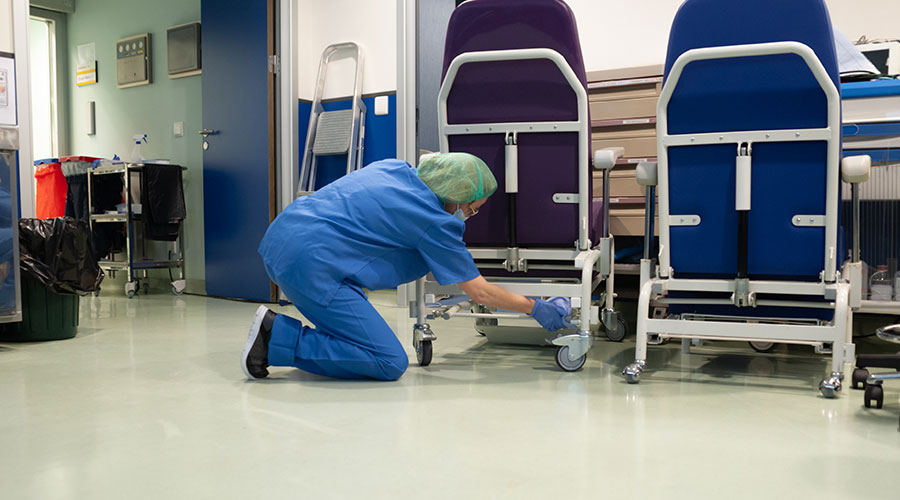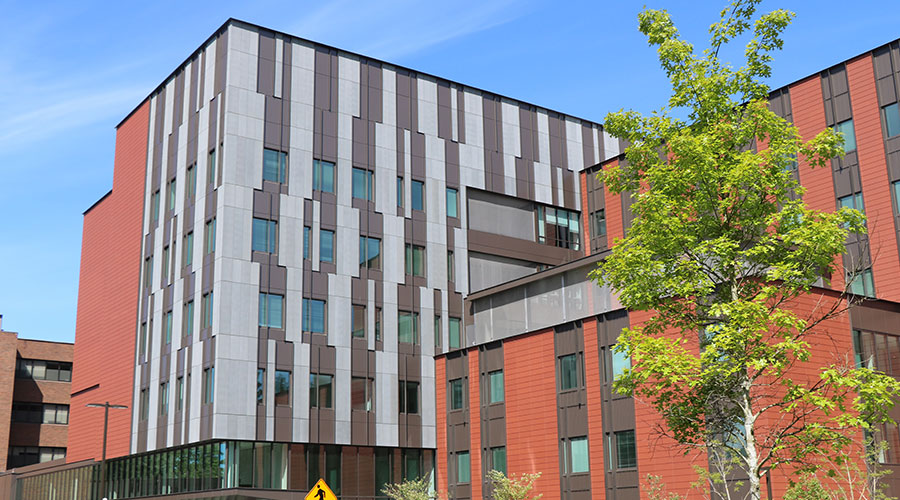Infection rates decreased significantly at Orlando Health South Seminole Hospital after the hospital began using Xenex’s xenon light Germ-Zapping Robots™ for room disinfection, according to a new peer-reviewed study published in the American Journal of Infection Control (AJIC). This is the eighth peer-reviewed study that demonstrates how a hospital successfully reduced its infection rates after utilizing Xenex Disinfection Services’ unique Xenon Full-Spectrum Disinfection™ technology to disinfect its rooms. Xenex Germ-Zapping Robots™ have been credited for helping healthcare facilities in the U.S. decrease their Methicillin-resistant Staphylococcus aureus (MRSA), Clostridium difficile (C.diff) and Surgical Site infection rates by more than 50, 70 and 100 percent respectively.
Xenex's xenon light disinfection system is the only disinfection system that uses pulsed xenon to create light that covers the entire germicidal spectrum. The Xenex system is the only ultraviolet light disinfection technology shown, in multiple peer-reviewed published studies, to help hospitals reduce infection rates.
According to the new AJIC study, South Seminole Hospital reported a 61 percent reduction in combined Vancomycin-resistant enterococci (VRE), MRSA and C.diff infection rates in its Intensive Care Unit (ICU), an 87 percent reduction in its ICU VRE infection rate, and a 29 percent reduction facility-wide in combined VRE, MRSA and C. diff infection rates after it began using Xenex’s xenon light technology. The hospital estimates that it saved $730,000 based on the number of C.diff and VRE infections that were avoided.
The study titled “Impact of pulsed xenon ultraviolet light on hospital-acquired infection (HAI) rates in a community hospital” analyzed the efficacy of pulsed xenon light in two different deployment strategies. The difference in infection rate reduction was associated with the two different utilization strategies, which indicates best practices for pulsed xenon disinfection. ICU discharges and transfers were disinfected with Xenex Germ-Zapping Robots with a goal of all terminal cleans. As a result, the combined VRE, MRSA and C.diff infection rates decreased 61 percent. Non-ICU discharges and transfers were disinfected with Xenex robots for C. diff cases only, resulting in a 29 percent decrease in VRE, MRSA and C.diff infection rates facility wide.
“This is an exciting study because it demonstrates best practices for pulsed xenon automated disinfection,” said Dr. Mark Stibich, Chief Scientific Officer at Xenex. “Previous studies have shown that the number of rooms disinfected with the Xenex robot correlates to the infection rate reduction the hospital will experience. This study shows that it’s more effective to use the Xenex robot to disinfect as many rooms as possible versus only disinfecting rooms where patients are known to have an infection. Our pulsed xenon robot works in a five -minute disinfection cycle, so they are able to quickly disinfect multiple rooms per day in a facility – leading to dramatic reductions in infection rates.”
Designed for speed, effectiveness and ease of use, hospital cleaning staff operate the Xenex robot without disrupting hospital operations. The robot pulses intense UV light covering the entire UV spectrum, destroying viruses, bacteria and bacterial spores in a five-minute disinfection cycle. Without contact or chemicals, the robot eliminates harmful microorganisms safely and effectively. According to Xenex customers, the robot can disinfect 30-62 hospital rooms per day, including: patient rooms, operating rooms, equipment rooms, emergency rooms, intensive care units and public areas.
For more information, visit www.xenex.com.

 Seeking Standards for Microbial Loads in Healthcare Facilities
Seeking Standards for Microbial Loads in Healthcare Facilities UCR Health Unveils Plans for Major Expansion
UCR Health Unveils Plans for Major Expansion High-Performance Windows Support Safety at UW Medicine's New Behavioral Health Center
High-Performance Windows Support Safety at UW Medicine's New Behavioral Health Center Central Maine Healthcare Dealing with IT System Outage
Central Maine Healthcare Dealing with IT System Outage Kaiser Permanente Opens Newly Expanded Everett Medical Center
Kaiser Permanente Opens Newly Expanded Everett Medical Center